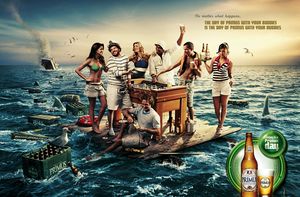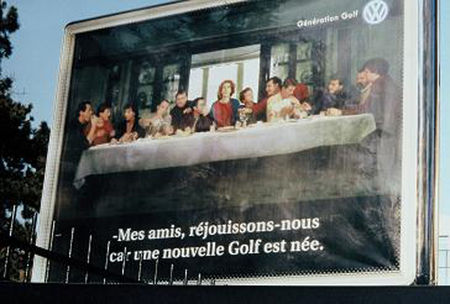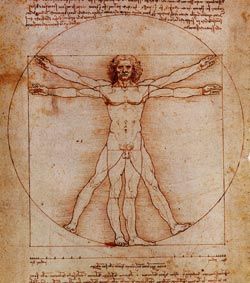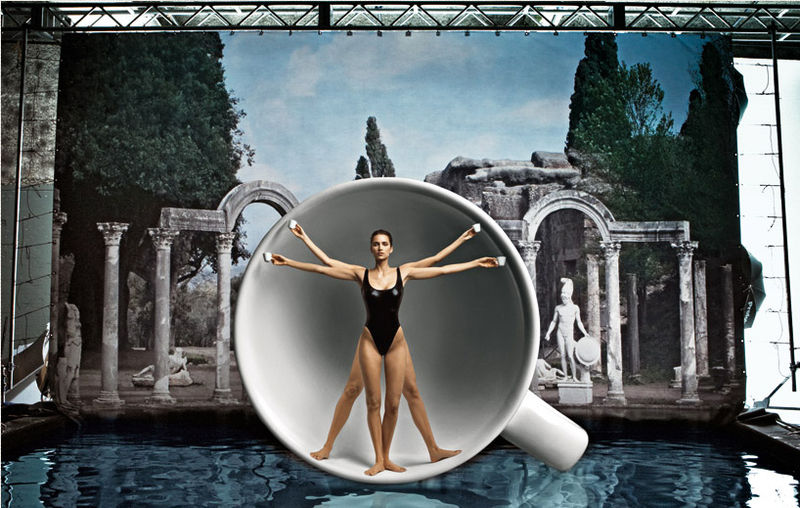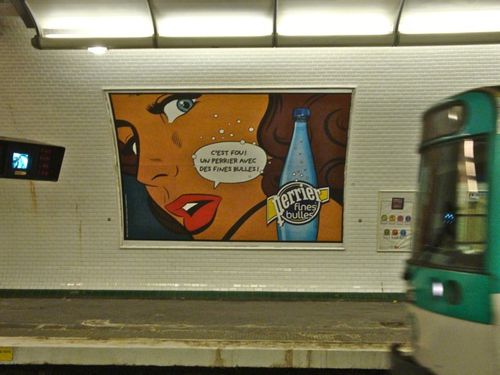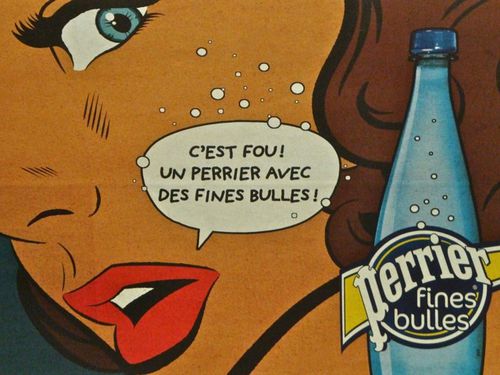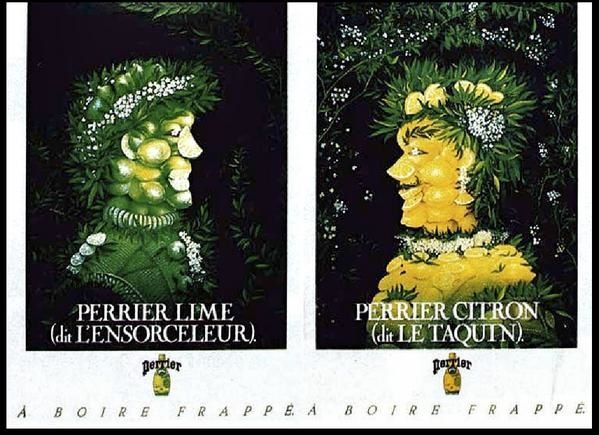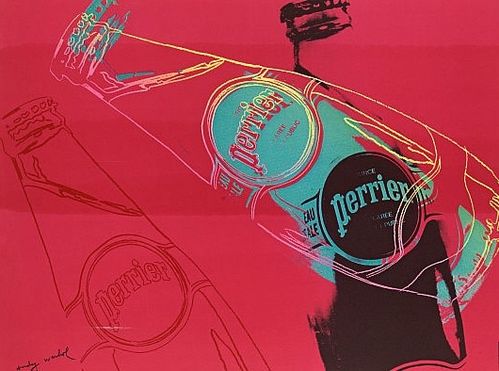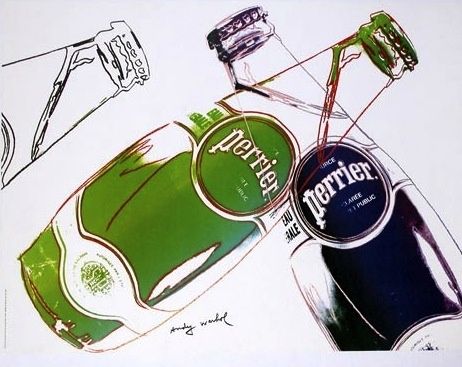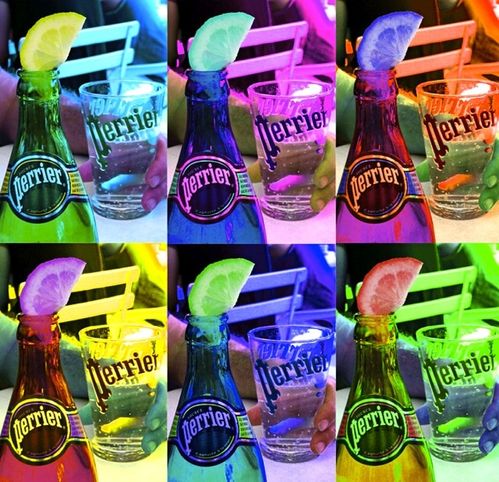Diversion works of art in advertisment
The painting "La Cène" from Leonardo da Vinci
The advertising of Marithe and Francois Girbaud, referring to "The Last Supper" by Leonardo da Vinci.
Advertisements for Video Games

Mona Lisa
Andy Warhol was quoted as saying: "The art is already advertising. Mona Lisa could be used to support a brand of chocolate, Coca Cola or anything else. "What communication agencies rushed to. Leave to use the most famous portrait in the world for everything and anything. Here are 15 diversions Mona Lisa in advertising with more or less success.




Since the 50 Miss "Mona Lisa" is diverted to sell services:



Détournements
The coffee brand Lavazza has used the famous statue of Romulus and Remus, founders of Rome and the Vinci's Vitruvian Man (already taken by Manpower.)
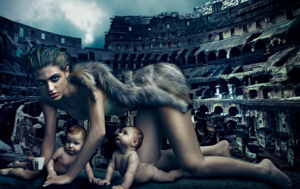
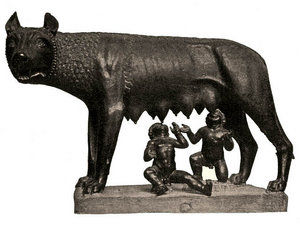
Leonardo da Vinci Vitruvian Man
In 1989, Perrier creates two heads made in the style of Arcimboldo. The Sorcerer and The Teaser is made of an accumulation of lime and yellow.
In 2007, Malibu Caribbean Creation is also inspired by Arcimboldo but with a simplified composition.
In 2007, Malibu Caribbean Creation is also inspired by Arcimboldo but with a simplified composition.
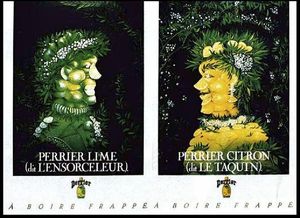
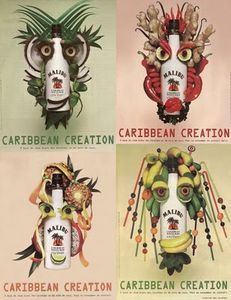
Ray Ban inspired by Magritte
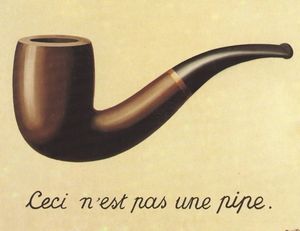
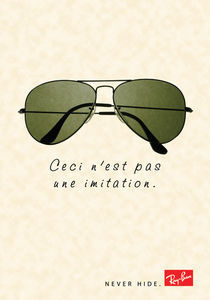
The Birth of Venus, Botticelli reinvented by Renaissance Hotels
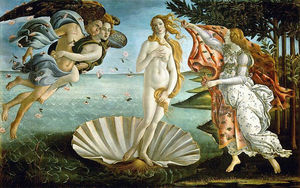
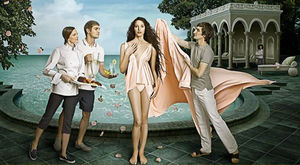
Wolswagen à la manière de Magritte et de Dali
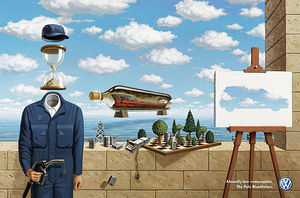

The Raft of the Medusa Gericault revisited by a beer brand
